
Breadcrumb
What is the Modular Open Systems Approach Directive?
On January 7, 2019, the U.S. Department of Defense (DoD) issued a memo, signed by the Secretaries of the Army, Air Force, and Navy, mandating the use of the Modular Open Systems Approach (MOSA). The memo states that “MOSA supporting standards should be included in all requirements, programming and development activities for future weapon system modifications and new start development programs to the maximum extent possible.” In fact, this mandate for MOSA is even codified into a United States law (Title 10 U.S.C. 2446a.(b), Sec 805) that states all major defense acquisition programs (MDAP) are to be designed and developed using a MOSA open architecture.
The MOSA directive has accelerated the adoption of a variety of open standards, such as The Open Group Sensor Open Systems Architecture™ (SOSA) and the U.S. Army CCDC C5ISR Center’s C5ISR/EW Modular Open Suite of Standards (CMOSS), that have been adopted by the three military branches.
Why MOSA?
Adopting a MOSA open architecture offers a wide range of benefits:
- Seamless Sharing across Domains and Machines: Common standards enable seamless interplatform communications, sharing of information across all domains, and facilitation of JADC2
- Rapid Innovation and Integration: Interoperability simplifies insertion and deployment of new or future technologies, as well as reconfigurability, portability, scalability, and reuse with little or no modification
- Vendor Independence and Reduced Obsolescence: Moving away from proprietary interfaces increases the sources of supply and support, eliminating vendor lock-in and increasing vendor competition
- LifeCycle Supportability: The ability to choose parts from multiple vendors lowers life cycle management risks and costs by increasingly availability and reducing required training
- Minimized SWaP: Increased interoperability reduces the number of systems required to field new technology, which in turn eliminates clutter caused by redundant cabling and accessories
Tab Three
Lorem ipsum dolor sit amet, consectetur adipiscing elit, sed do eiusmod tempor incididunt ut labore et dolore magna aliqua. Ut enim ad minim veniam, quis nostrud exercitation ullamco laboris nisi ut aliquip ex ea commodo consequat. Duis aute irure dolor in reprehenderit in voluptate velit esse cillum dolore eu fugiat nulla pariatur. Excepteur sint occaecat cupidatat non proident, sunt in culpa qui officia deserunt mollit anim id est laborum.
Tab Four
Lorem ipsum dolor sit amet, consectetur adipiscing elit, sed do eiusmod tempor incididunt ut labore et dolore magna aliqua. Ut enim ad minim veniam, quis nostrud exercitation ullamco laboris nisi ut aliquip ex ea commodo consequat. Duis aute irure dolor in reprehenderit in voluptate velit esse cillum dolore eu fugiat nulla pariatur. Excepteur sint occaecat cupidatat non proident, sunt in culpa qui officia deserunt mollit anim id est laborum.
Lorem ipsum dolor sit amet, consectetur adipiscing elit, sed do eiusmod tempor incididunt ut labore et dolore magna aliqua. Ut enim ad minim veniam, quis nostrud exercitation ullamco laboris nisi ut aliquip ex ea commodo consequat. Duis aute irure dolor in reprehenderit in voluptate velit esse cillum dolore eu fugiat nulla pariatur. Excepteur sint occaecat cupidatat non proident, sunt in culpa qui officia deserunt mollit anim id est laborum.

Why an Open Standards Approach Is Essential in Defense and Aerospace
Trusted, Proven Solutions Based on MOSA Open Standards
Building on our years of experience and participation in the development of open standards, we design our solutions to bring the benefits of a Modular Open Systems Approach (MOSA) architecture to deployed ground, airborne, and naval platforms. Curtiss-Wright sets itself apart by leveraging proven components of our previously deployed, high-TRL designs and incorporating the latest rugged technology and cutting-edge capabilities. And, our hardware is manufactured through a trusted supply chain process and tested to the highest quality standards to minimize program risk. Explore solutions aligned to key standards influenced by the MOSA directive.
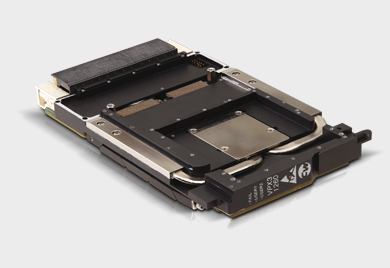
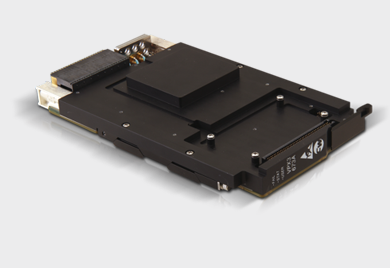
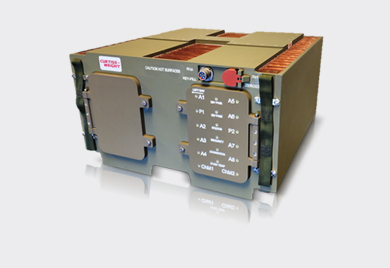

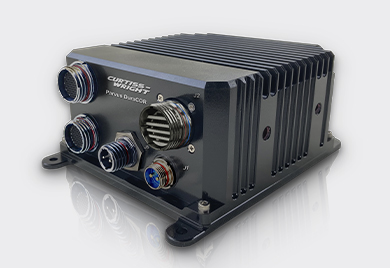
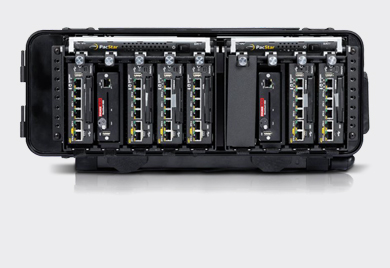
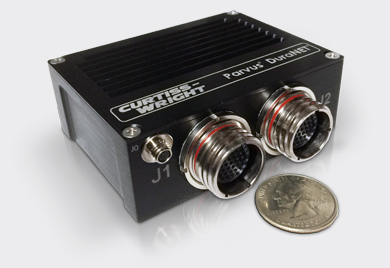
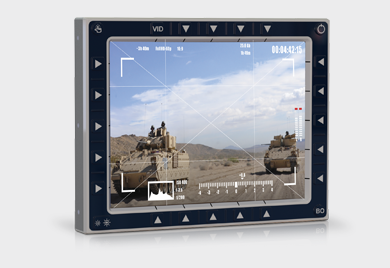
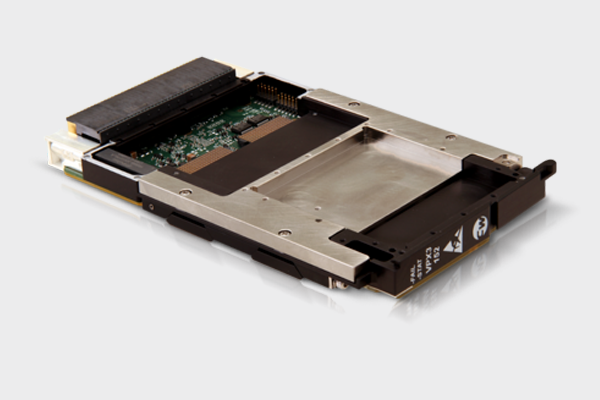
Explore the Standards
Aims to standardize approaches to bring open standards solutions to avionics systems.
Promotes the use of open standard physical and logical interfaces between LRU systems.
Developed to offer new capabilities including reducing SWaP as well as interoperability functions.
Mandates the use of open, modular, and scalable architectures in the design of new and upgraded ground vehicles.
Ensures accurate positioning, navigation, and timing information is delivered in GPS/GNSS-denied environments.
Why an Open Standards Approach Is Essential in Defense and Aerospace
We examine the 2019 tri-services memo regarding MOSA and what open standards such as SOSA, FACE, and VICTORY mean for today’s military programs.
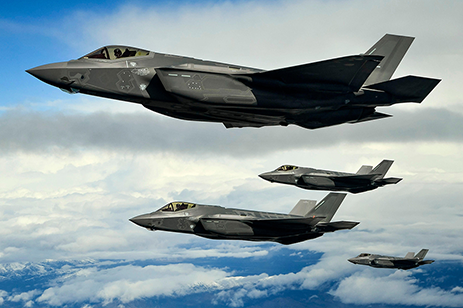
Why an Open Standards Approach Is Essential in Defense and Aerospace
We examine the 2019 tri-services memo regarding MOSA and what open standards such as SOSA, FACE, and VICTORY mean for today’s military programs.
Optimizing Army Vehicle Interoperability with Open Architecture
The goal of reducing the cost of equipping Army vehicles with new capabilities, while adding increasing interoperability and flexibility of operation, can be accomplished through the use of a Modular Open Systems Approach (MOSA), a technical and business strategy for designing an affordable and adaptable system.
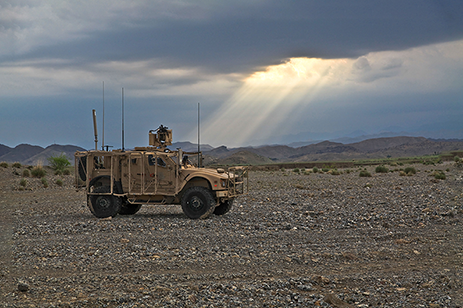
Optimizing Army Vehicle Interoperability with Open Architecture
The goal of reducing the cost of equipping Army vehicles with new capabilities, while adding increasing interoperability and flexibility of operation, can be accomplished through the use of a Modular Open Systems Approach (MOSA), a technical and business strategy for designing an affordable and adaptable system.
Why Open Standards Like CMOSS and SOSA Are the New Normal
This essential guide describes MOSA's significance for defense technology and the roles standards like SOSA, CMFF, CMOSS, VICTORY, GVA, and FACE play.

Why Open Standards Like CMOSS and SOSA Are the New Normal
This essential guide describes MOSA's significance for defense technology and the roles standards like SOSA, CMFF, CMOSS, VICTORY, GVA, and FACE play.
Simplifying the Challenge of Expeditionary Communications
This white paper presents a strategic framework for addressing obstacles to efficient communications and how best to maintain seamless connectivity through the utilization of open standards-based, field-proven Curtiss-Wright hardware and software.

Simplifying the Challenge of Expeditionary Communications
This white paper presents a strategic framework for addressing obstacles to efficient communications and how best to maintain seamless connectivity through the utilization of open standards-based, field-proven Curtiss-Wright hardware and software.
The Open Group Sensor Open Systems Architecture and CMOSS Brochure
Technical standards like SOSA and CMOSS alleviate interoperability, sustainability, and SWaP challenges by efficiently reusing proven technology.

The Open Group Sensor Open Systems Architecture and CMOSS Brochure
Technical standards like SOSA and CMOSS alleviate interoperability, sustainability, and SWaP challenges by efficiently reusing proven technology.
The SOSA Technical Standard and Trusted Computing for Defense Systems
The SOSA Technical Standard combines MOSA principles with security to enable secure sensor processing systems to be quickly developed and deployed in a low-risk environment.
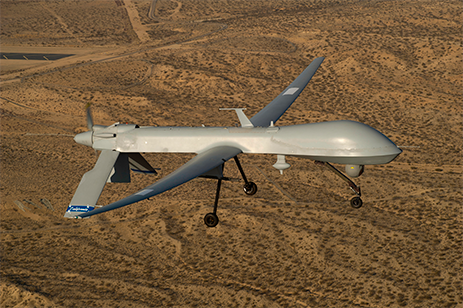
The SOSA Technical Standard and Trusted Computing for Defense Systems
The SOSA Technical Standard combines MOSA principles with security to enable secure sensor processing systems to be quickly developed and deployed in a low-risk environment.
Modular Open Systems Approach: The MOSA Imperative
This paper aims to put MOSA (Modular Open Systems Approach) into perspective and enable you, whether a defense contractor, a decision-maker at the DoD, or a public policymaker, to put the increasingly relevant MOSA to use better.

Modular Open Systems Approach: The MOSA Imperative
This paper aims to put MOSA (Modular Open Systems Approach) into perspective and enable you, whether a defense contractor, a decision-maker at the DoD, or a public policymaker, to put the increasingly relevant MOSA to use better.
MOSA Delivers Overwatch Battlefield Signal Detection and Location on Mobile
Learn how XONE Technology, a partner of advanced DF/Geolocation ISR products, delivers threat-detecting systems faster using our SOSA aligned technology.
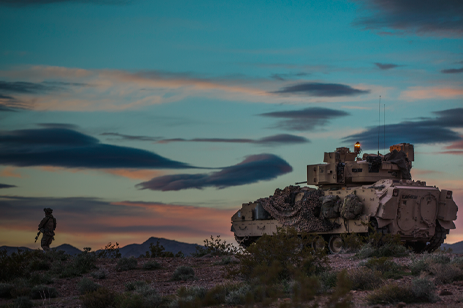
MOSA Delivers Overwatch Battlefield Signal Detection and Location on Mobile
Learn how XONE Technology, a partner of advanced DF/Geolocation ISR products, delivers threat-detecting systems faster using our SOSA aligned technology.
Leveraging a Modular Open Systems Approach (MOSA) for Modified COTS
Typically, military, and civil ground vehicle and aircraft platforms have unique technical and platform I/O interface requirements that make finding a suitable COTS computing solution to meet 100% of their requirements very unlikely. In this white paper,
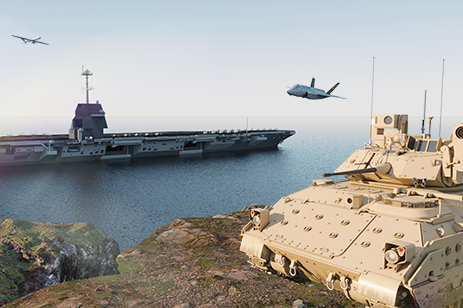
Leveraging a Modular Open Systems Approach (MOSA) for Modified COTS
Typically, military, and civil ground vehicle and aircraft platforms have unique technical and platform I/O interface requirements that make finding a suitable COTS computing solution to meet 100% of their requirements very unlikely. In this white paper,